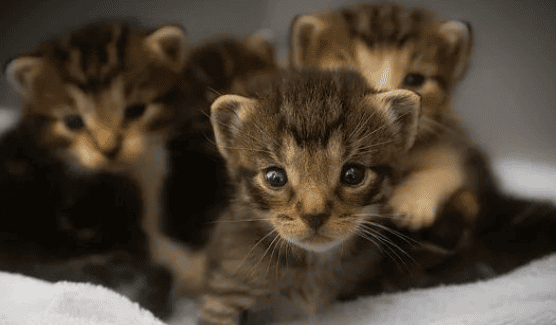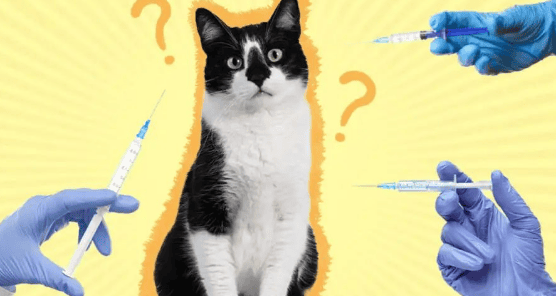Regular immunization is one of the key measures to protect pets from diseases. Popularizing the risks of infectious diseases in cats and their preventive measures is an important part of the work of pet doctors.
How to let more pet owners understand the potential dangers of infectious diseases in cats from the perspective of pet owner communication, and how to better convey the importance of immunity? This article is full of knowledge points, allowing pet doctors to better maintain pet health together with pet parents.

What are the risks of infectious diseases in cats?
There are various infectious diseases around cats, which may come from other pets, the environment or wild animals. Once cats become infected, it will not only affect their own health, but may also spread to other pets and family members. Some common feline infectious diseases include:
Feline parvovirus (FPV) infection
Feline parvovirus is a highly contagious disease that is spread primarily through the mouth, eyes, nose, and feces. After infection, cats may experience symptoms such as severe vomiting, diarrhea, fever, and leukopenia. It is important to note that cats may have begun to spread the virus during the incubation period, increasing the risk of disease transmission.
Extended reading: FPV virus is widespread, what prevents the cat plague pandemic?
Feline calicivirus (FCV) infection
Feline calicivirus is also a common viral upper respiratory tract infection, mainly causing mild to severe respiratory tract infection and oral cavity infection in cats. ulcer. The virus spreads more frequently in multi-cat environments, especially among young cats. FCV is prone to mutation, and multiple mutant strains exist. For cats, it may also cause severe systemic symptoms and be life-threatening.
Extended reading: How to prevent and treat feline calicivirus FCV to the greatest extent?
Feline rhinovirus infection (FHV)
Feline rhinovirus (FHV) or Feline viral rhinotracheitis (FVR) is a widespread viral respiratory infectious disease with a high incidence rate, mainly caused by FHV-1. It is highly contagious and easy to relapse. Young children with immature immune systems Cats are more susceptible to viruses. Because FHV spreads quickly among cats and the virus is latent in the body, most cats become lifelong virus carriers after infection.
Extended reading: FHV is highly contagious and easy to relapse. How can we interrupt the chain of virus transmission?

Feline infectious peritonitis (FIP)
Feline infectious peritonitis , is a serious infectious disease caused by feline coronavirus. Pathogens spread through the respiratory tract or digestive tract and quickly spread throughout the body by invading the host's white blood cells, triggering abnormal immune system responses and leading to inflammatory responses throughout the body. The clinical manifestations of FIP are diverse, including ascites, jaundice, weight loss, dyspnea, and abnormal changes in the eyes or skin. The condition gradually worsens and eventually leads to organ failure.
Feline HIV (FIV) and Feline Leukemia Virus (FeLV) infection
Feline AIDS and feline leukemia are two common cat immune system diseases, mainly through saliva, blood, breast milk and fecal transmission. After infection, the cat's immune system will be severely damaged and susceptible to other diseases, and these two viruses may also cause serious consequences such as malignant tumors and anemia.

 扫一扫微信交流
扫一扫微信交流
发布评论